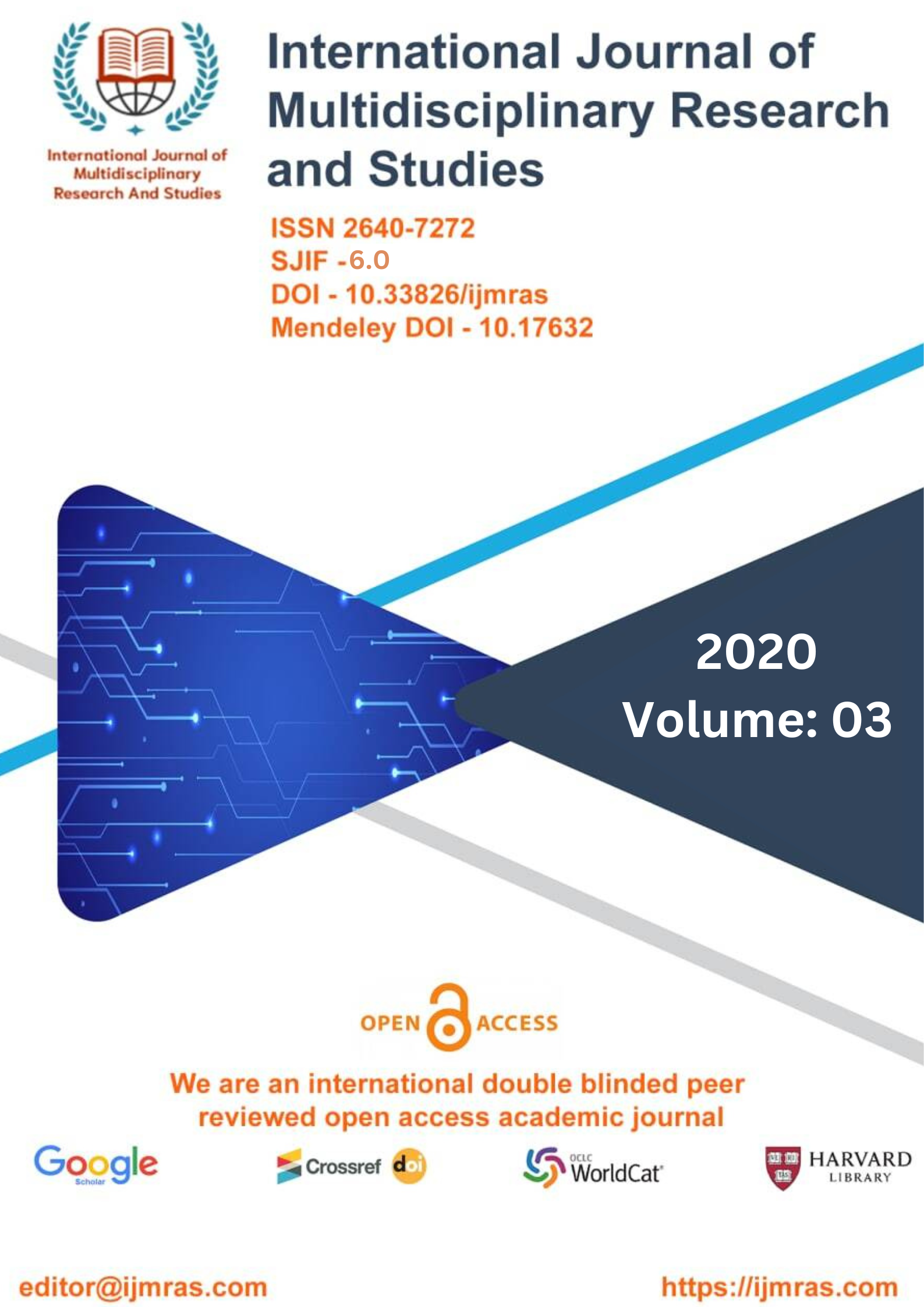PROTO- ARTHOPODS DIVERSITY, ESSENTIAL FOR UNDERSTANDING

Abstract
Arthropods constitute a central and colossal component of Earth’s biosphere, at both the macroscopic and microscopic levels. Since the beginning of the Phanerozoic, these hyperdiverse, articulated animals have shaped most terrestrial and marine ecosystems, and their pivotal roles in trophic networks often have a direct and considerable impact on our industries and economy—be it vital or detrimental. The war on insects, prominently, waged in the name of a wasteful and profit-driven agriculture, has led to catastrophic consequences for the survivability of these animals worldwide, and the loss of pollinators to cascading ecosystem breakdowns . The agroeconomical peril to arthropods, in conjunction with other environmental crises caused by unbridled resource exploitation and consumption, such as global warming, threatens to irremediably pauperize the planet’s landscapes This waning and fragility stand in stark contrast to more than half-a-billion years of exceptional resilience to mass extinctions. Although trilobites, vanishing at the end of the Permian, are a notable exception, the body plans (which can be broadly defined based on morphoanatomy, see e.g. Aria of all other four largest and traditional arthropod groups—chelicerates, myriapods, “crustaceans” and insects—, all present by at least by the Late Devonian, diversified through all of the five major preAnthropocene biodiversity crises. Likely since the Jurassic insects have become by a large margin the most diversified and abundant of arthropods but all main lineages have characteristically experienced explosive radiations and have shown extended stability of their families and genera.
Keywords
Proto- Arthopods, DiversityHow to Cite
References
Darwin, C. On the Origin of Species by Means of Natural Selection, or the Preservation of Favoured Races in the Struggle for Life (John Murray, 1859).
Bowler, P. J. Life’s Splendid Drama: Evolutionary Biology and the Reconstruction of Life’s Ancestry (Chicago Univ. Press, 1996).
Ballard, J. W. O. et al. Evidence from 12S ribosomal-RNA sequences that onychophorans are modified arthropods. Science 258, 1345–1348 (1992).
Telford, M. J., Bourlat, S. J., Economou, A., Papillon, D. & Rota-Stabelli, O. The evolution of the Ecdysozoa. Phil. Trans. R. Soc. Lond. B 363, 1529–1537 (2008).
Dunn, C. W. et al. Broad phylogenomic sampling improves resolution of the animal tree of life. Nature 452, 745–749 (2008). This paper provides the most recent analysis of the relationships of the Metazoa, using a broadly sampled phylogenomic-scale data set.
Dzik, J. &Krumbiegel, G. The oldest ‘onychophoran’ Xenusion: a link connecting phyla? Lethaia 22, 169–182 (1989).
Eernisse, D. J., Albert, J. S. & Anderson, F. E. Annelida and Arthropoda are not sister taxa — a phylogenetic analysis of spiralian metazoan morphology. Syst. Biol. 41, 305–330 (1992).
Aguinaldo, A. M. A. et al. Evidence for a clade of nematodes, arthropods and other moulting animals. Nature 387, 489–493 (1997). This classic paper provided the first strong evidence for the clade Ecdysozoa.
Wagele, J. W., Erikson, T., Lockhart, P. &Misof, B. The Ecdysozoa: artifact or monophylum? J. Zoolog. Syst. Evol. Res. 37, 211–223 (1999).
Philip, G. K., Creevey, C. J. &McInerney, J. O. The Opisthokonta and the Ecdysozoa may not be clades: stronger support for the grouping of plant and animal than for animal and fungi and stronger support for the Coelomata than Ecdysozoa. Mol. Biol. Evol. 22, 1175–1184 (2005).
Rogozin, I. B., Thomson, K., Csueroes, M., Carmel, L. &Koonin, E. V. Homoplasy in genome-wide analysis of rare amino acid replacements: the molecular-evolutionary basis for Vavilov’s law of homologous series. Biol. Direct 3, 7 (2008).
Rogozin, I. B., Wolf, Y. I., Carmel, L. &Koonin, E. V. Analysis of rare amino acid replacements supports the Coelomata clade. Mol. Biol. Evol. 24, 2594–2597 (2007).
License
Copyright (c) 2020 VINEET KUMAR PODDAR

This work is licensed under a Creative Commons Attribution 4.0 International License.
Individual articles are published Open Access under the Creative Commons Licence: CC-BY 4.0.



